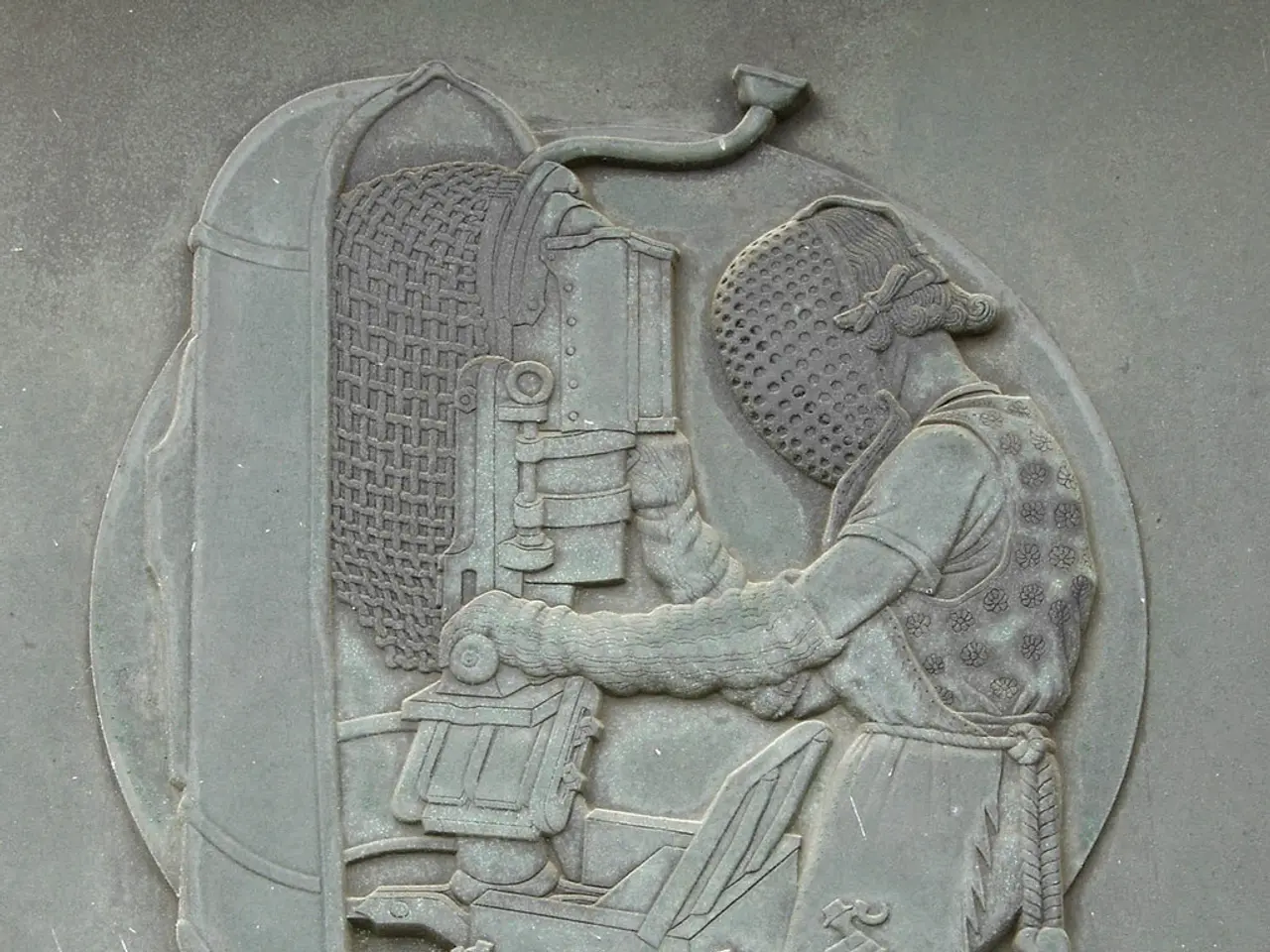Unveiling of Advanced Ochre Tools Uncovers Complicated Early Human Craftsmanship
In a groundbreaking discovery, a team of researchers led by Elizabeth Velliky and her colleagues at SapienCE have unveiled new insights into the Middle Stone Age (MSA) technology. Their study, published in Science Advances, reveals that early modern humans, between 90,000 and 70,000 years ago, used ochre as a specialized tool for stone toolmaking at Blombos Cave in South Africa.
The ochre retouchers found at Blombos Cave represent the first direct evidence of ochre being used in the lithic retouching process, a sophisticated technique requiring precision and expertise. These tools were integral to creating finely crafted stone tools, such as the renowned Still Bay points, known for their symmetrical shape and advanced flaking techniques.
The use of ochre for technical purposes indicates a level of cognitive complexity in early Homo sapiens that had not been recognized in such early periods. The ochre retouchers were likely used to refine Still Bay points, considered among the most sophisticated lithic artifacts of the African MSA.
The discovery raises important questions about the broader roles ochre played in early societies, including its potential role in developing personal identity and social roles within human communities. The sophistication of the ochre retouchers implies that they were the personal property of expert toolmakers, possibly indicating identity or status within early human societies.
This functional perspective expands our understanding of ochre as a versatile material in early Homo sapiens technology and culture. Ochre, previously thought to be primarily a pigment or a symbolic substance, was employed in more practical, utilitarian ways during tool production.
The findings suggest that ochre was far more than a symbolic or decorative material in early human societies. It played a significant role in the practical lives of early humans, allowing them to produce tools with greater efficiency and precision. The discovery brings us closer to understanding the behavioural modernity of early Homo sapiens in southern Africa.
Elizabeth Velliky, the lead researcher, believes this discovery could change how we view ochre and the past, and deepen our understanding of early human behaviour. The study changes the narrative about the cognitive and technological abilities of early Homo sapiens, demonstrating that their toolmaking methods were sophisticated and highly specialized.
References:
[1] Velliky, E. et al. (2025). Ochre as a specialized tool for stone toolmaking at Blombos Cave, South Africa. Science Advances.
[2] Henshilwood, C. S. et al. (2011). Symbolic behaviour in the Middle Stone Age. Nature.
[3] Marean, C. W. et al. (2007). Middle Stone Age technology and human evolution in southern Africa. Science.







